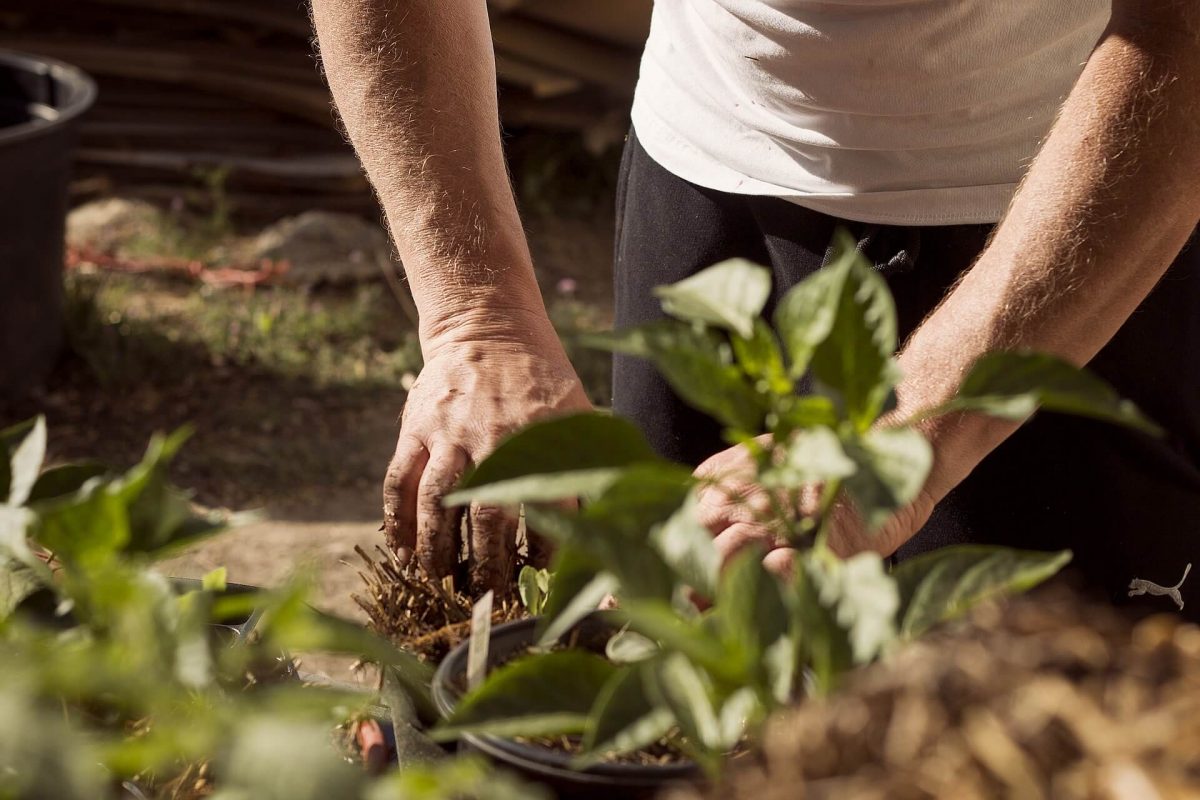Adenium
Learn When To Repot Desert Rose
As much as we dearly love our plants, we want to take good care of it in every possible way. We put every effort and time to it. Nurturing plants not only produces new leaves or flowers but patience. It has something that makes us happy and feel calm.
But along the way, have you ever thought of repotting your plants when it grows bigger? Ever wondering why, when or how to do it? Good thing, our team is here to help you by giving effective tips on how to do it properly and/or when it should be done.
WHEN TO REPOT DESERT ROSE?
Repotting means changing the pot of the plant from small to bigger one to expand the growth size in its course time. It is highly recommended that repotting must be done every year or two until it reaches the desired size. The Desert Rose must be repotting during its period of active growth. The ideal season for it is warm season or springtime. A good indicator of repotting is when the roots is infiltrated through the container or smaller pot that causes it to be overtly crowded. Pot bounding affects the overall growth of a plant. Desert Rose are known to have roots that bust through the containers and even damage clay or ceramic pots. Repotting should also be done when its roots is rot which may harm the plants.
HOW TO REPOT DESERT ROSE?
Wear gloves when you handle plant as it extracts poisonous sap. Use container that measures 1 to 2 inches (2.5cm to 5cm) wider in diameter than your previous one. Make sure that the container has a good drainage to preferably dry its roots. Thick-walled, bowl-shaped containers are best to use since these pots provides room for the roots to fan out and shallow that allows the soil to dry quickly. Any types of pot such as clay, ceramic and plastic can be use. However, clay pots are more appropriate as it absorbs excess moisture from the soil that reduces the potential of root rotting. Use a potting mix formulated for cacti and/or succulents or regular potting soil mixed with equal parts perlite or sand to ensure that the soil is well-draining. When repotting makes sure that the soil is dry before removing it from its pot. Prop the container on its side and gently wiggle the plant to extract it easier. If you are using plastic container gently squeeze the sides to remove the plant. Remove the old soil from around and between the roots while holding the plant by its base. Remove the unhealthy roots and treat the cuts by using fungicide.
When the plant is in its new pot, expose the thick swollen area of the stem or best known as Caudex above the soil line. Lifting is a process to create an above ground bulbous caudex. However, it is not allowed to lift or expose the caudex until the plant is at least three years of age. If the plant is on its right age place it an inch or two higher above the soil than it did previously. Newly exposed part of the caudex is susceptible to sunburn. Gradually, present the plant to direct sunlight over a several weeks to adapt sun exposure. Backfill with soil your newly transferred plant and spread out its roots. Do not water the plant for a week or after repotting to give the damaged roots time to heal and gradually resume the regular watering.
